Growing Awareness of Animal Welfare
The growing awareness of animal welfare is significantly impacting the Veterinary Ketamine Hydrochloride Market. As society becomes more conscious of the ethical treatment of animals, there is an increasing demand for humane and effective anesthetic options in veterinary medicine. Ketamine hydrochloride, known for its safety profile and efficacy, is gaining traction among veterinarians who prioritize animal welfare during surgical procedures. This shift in perspective is prompting veterinary practices to adopt more advanced anesthetic protocols, thereby increasing the utilization of ketamine. The emphasis on animal welfare is likely to drive the Veterinary Ketamine Hydrochloride Market forward, as practitioners seek to align their practices with the expectations of pet owners and society at large.
Increasing Use of Anesthetic Agents
The Veterinary Ketamine Hydrochloride Market is experiencing a notable increase in the use of anesthetic agents for various veterinary procedures. This trend is driven by the growing need for effective pain management in animals undergoing surgeries or diagnostic procedures. Ketamine hydrochloride, known for its rapid onset and dissociative anesthetic properties, is becoming a preferred choice among veterinarians. According to recent data, the demand for anesthetic agents in veterinary practices has surged, with ketamine accounting for a significant share of this market. This rise is likely attributed to the increasing awareness of animal welfare and the necessity for humane treatment during medical interventions. As veterinary practices continue to adopt advanced anesthetic techniques, the Veterinary Ketamine Hydrochloride Market is poised for substantial growth.
Rising Pet Ownership and Veterinary Care
The Veterinary Ketamine Hydrochloride Market is benefiting from the rising trend of pet ownership, which has led to an increased demand for veterinary care. As more households adopt pets, the need for routine and emergency veterinary services has escalated. This surge in pet ownership correlates with a heightened awareness of animal health, prompting pet owners to seek advanced medical treatments, including anesthesia for surgical procedures. Data indicates that the number of pet owners seeking veterinary services has increased, thereby driving the demand for anesthetic agents like ketamine hydrochloride. This trend suggests a robust growth trajectory for the Veterinary Ketamine Hydrochloride Market as it aligns with the evolving needs of pet owners.
Regulatory Support for Veterinary Pharmaceuticals
Regulatory support for veterinary pharmaceuticals is a crucial driver for the Veterinary Ketamine Hydrochloride Market. Governments and regulatory bodies are increasingly recognizing the importance of effective anesthetic agents in veterinary medicine. This recognition has led to streamlined approval processes for veterinary drugs, including ketamine hydrochloride, facilitating its availability in the market. Additionally, regulatory frameworks are evolving to ensure the safe and effective use of anesthetics in veterinary practices. As these supportive measures continue to develop, they are likely to enhance the market landscape for veterinary ketamine hydrochloride, encouraging manufacturers to invest in research and development for innovative formulations.
Technological Advancements in Veterinary Practices
Technological advancements in veterinary practices are significantly influencing the Veterinary Ketamine Hydrochloride Market. Innovations in veterinary medicine, such as improved monitoring equipment and anesthetic delivery systems, enhance the safety and efficacy of ketamine use. These advancements allow veterinarians to administer ketamine more effectively, ensuring optimal dosages and minimizing risks associated with anesthesia. Furthermore, the integration of telemedicine in veterinary care has expanded access to specialized services, leading to an increased demand for anesthetic agents like ketamine. As veterinary practices adopt these technologies, the market for veterinary ketamine hydrochloride is likely to expand, reflecting the industry's commitment to improving animal health outcomes.


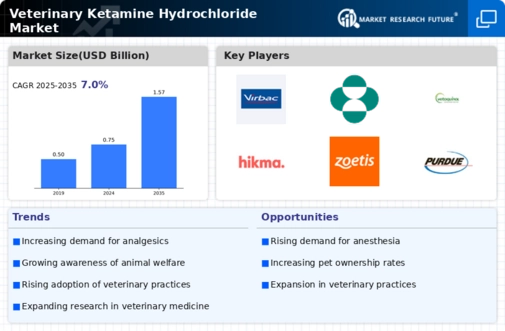
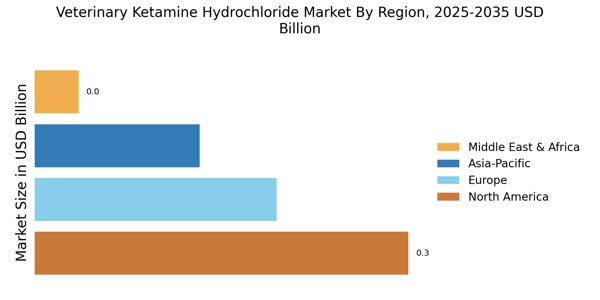


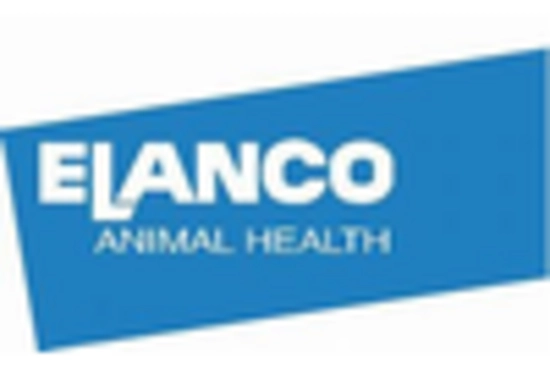

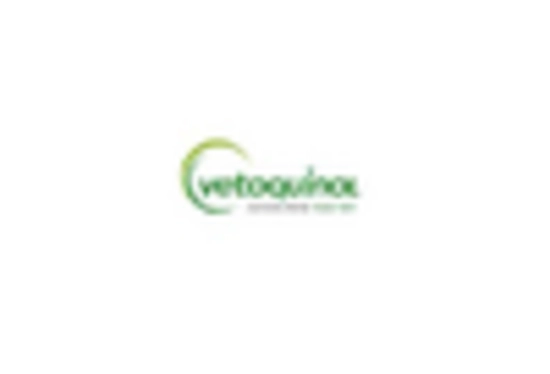
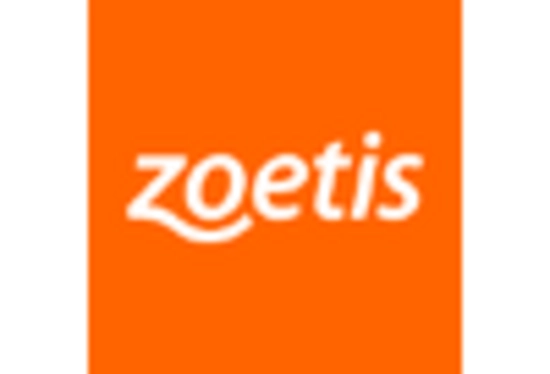








Leave a Comment